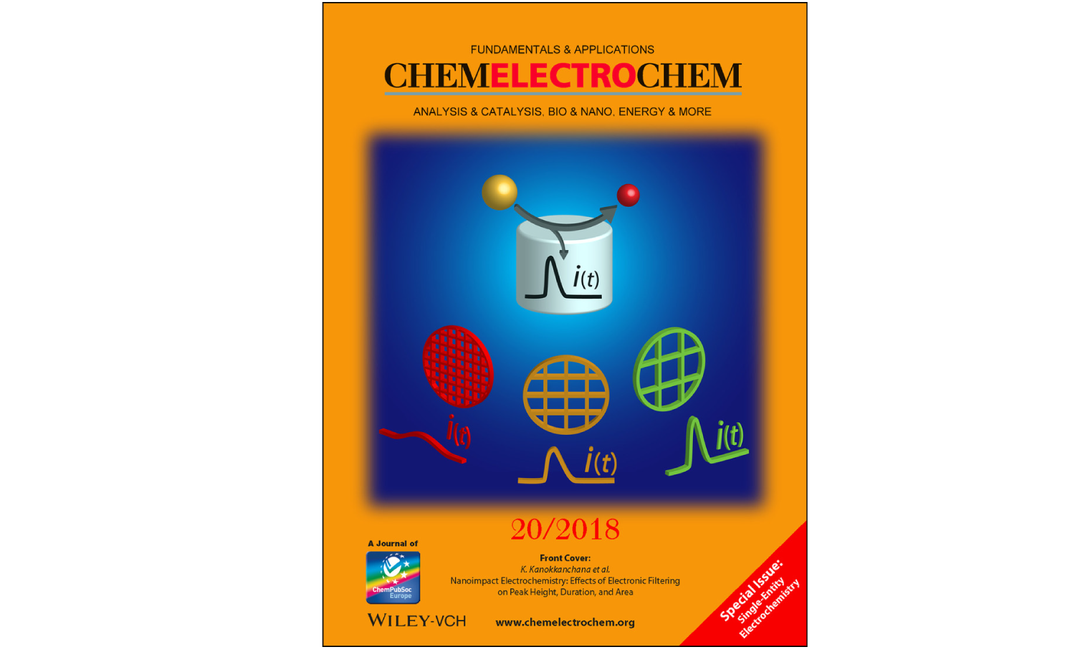Abstract
Nano impact electrochemistry is used to measure a transient signal while a nanoparticle (NP) hits an electrode due to its motion in a solution. A variety of information can be obtained from this current pulse, yet its accurate measurement is challenging due to its short duration (μs to s) and small amplitude (≤10 nA). A typically used low bandwidth low-pass filter can improve the signal-to-noise ratio, but it may cost severely in the accuracy of the data. Here, we demonstrate the effects of electronic filters by using generated current impulses with duration from 125 μs to 8 ms. Initially, a system dedicated to measure short and low current impulses was employed. There, an 8th order Bessel filter was used and the effect of varying the cut-off frequency between 50 Hz and 20 kHz on the impulse response is studied. Even though the charge is generally conserved by the filter, amplitude and duration of the pulse vary greatly in dependence of the cut-off frequency. In comparison, the response of widely used potentiostats was tested and significant deviations of the measured signal from the input were detected. Supported by destructive nano impact experiments with Ag NPs in KCl(aq), we show how the filtering affects the experimentally determined size of Ag NPs and Cl− diffusion coefficient, using impact charges and duration, respectively. As a result, we suggest a general guideline to researchers for accurate electrochemical nano impact measurements, in particular with respect to current peak duration analysis.
